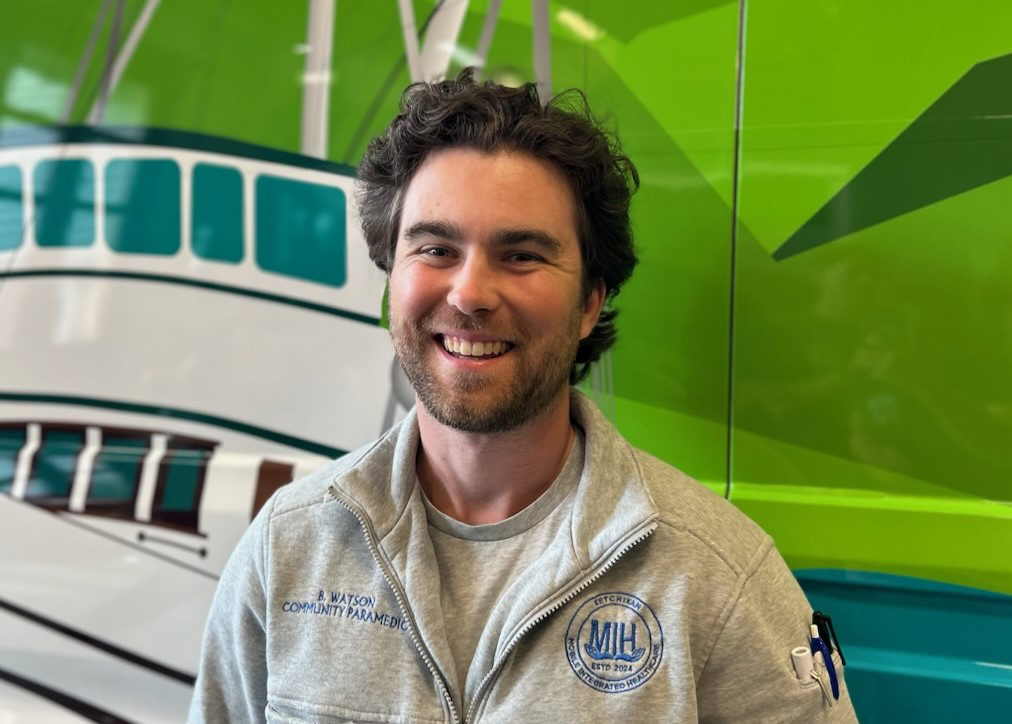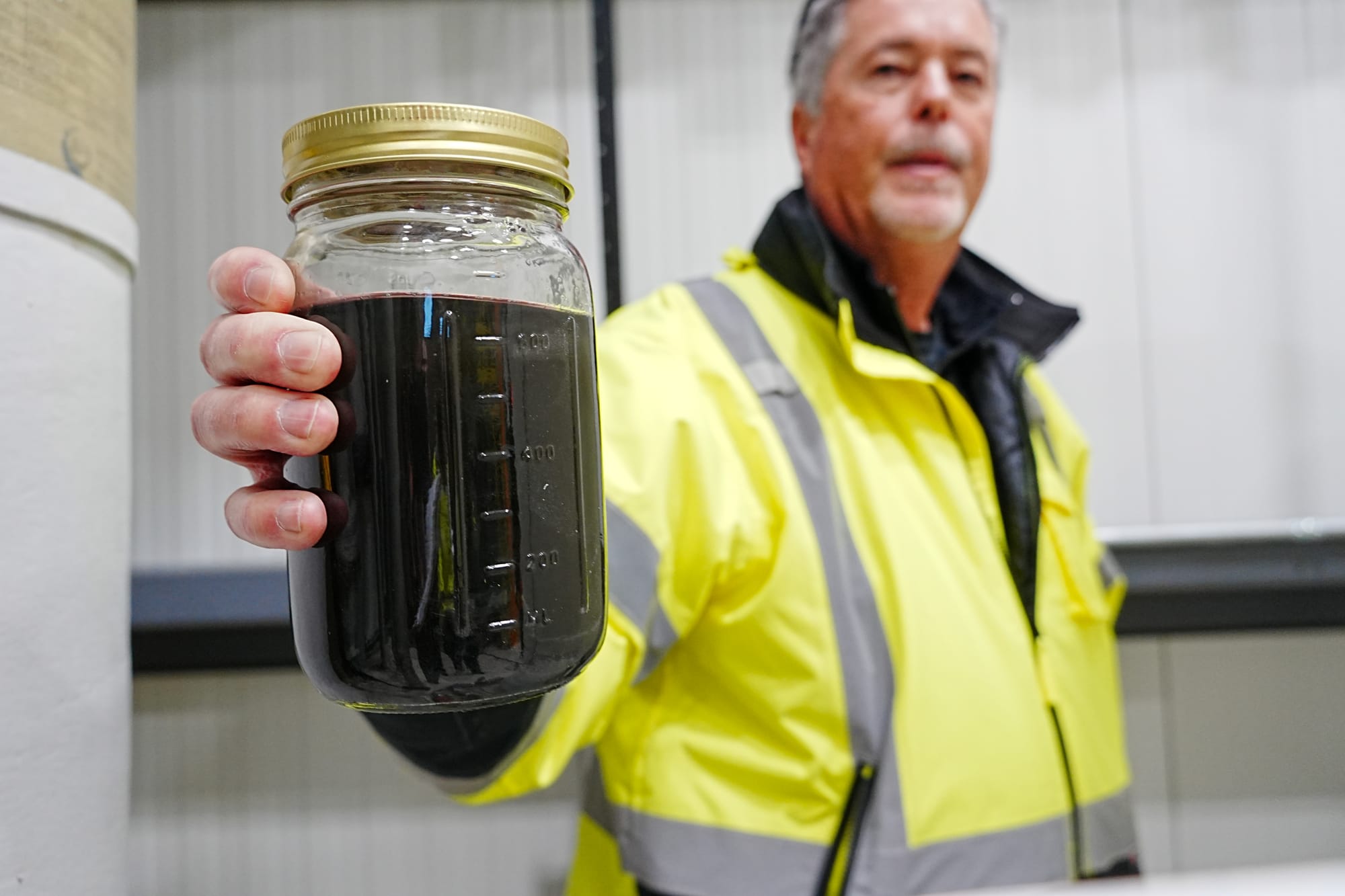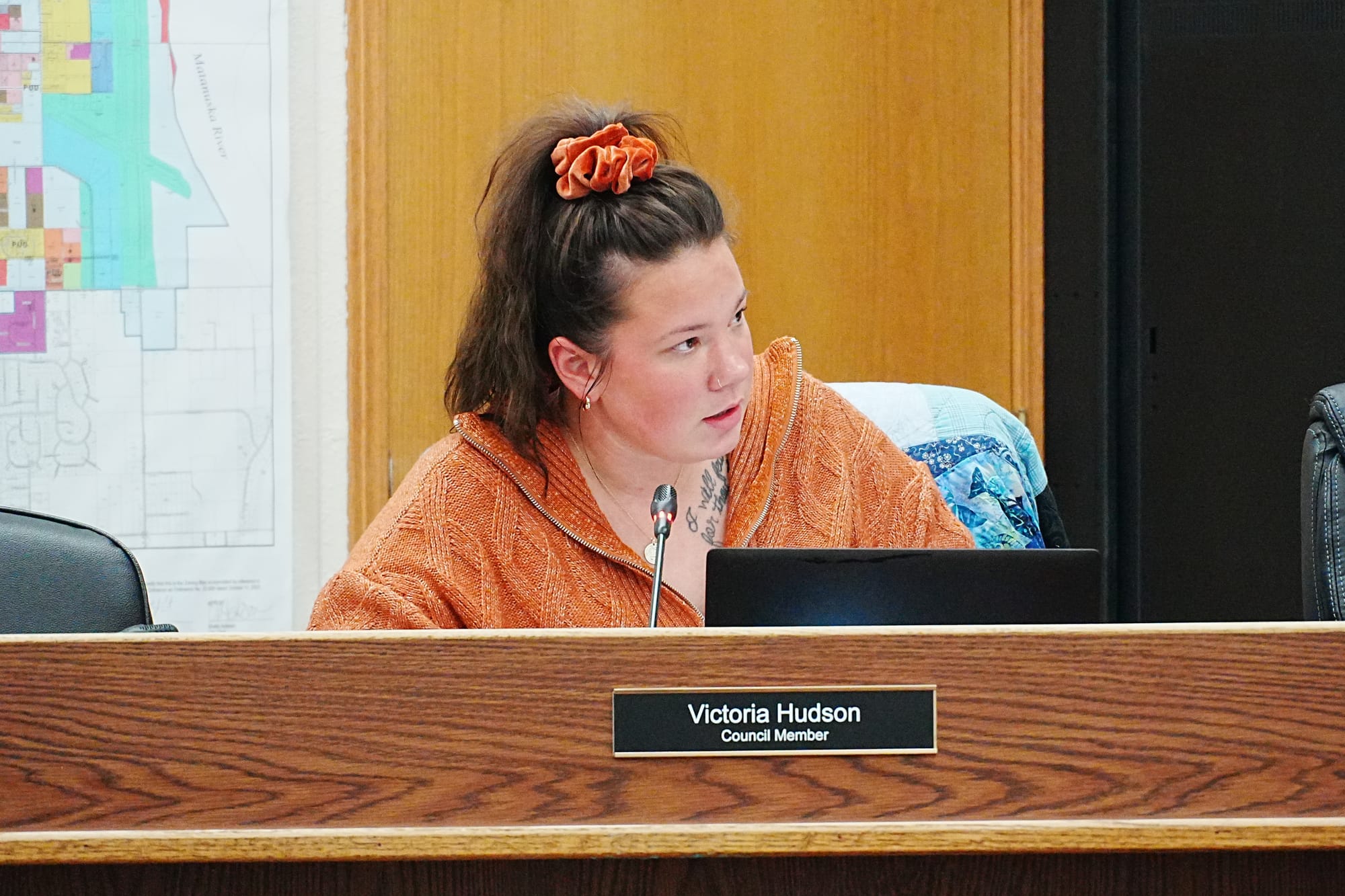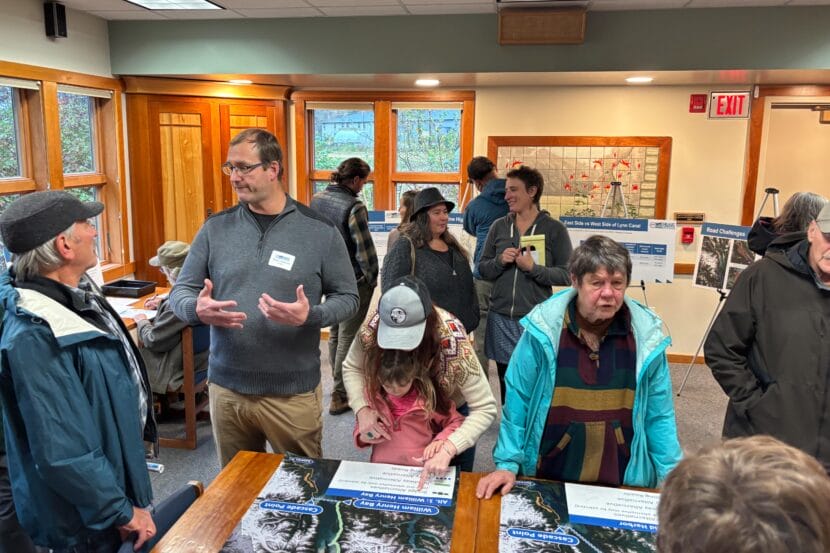The best and most impactful Mat-Su stories of 2025
From gridlocked highways to high-stakes elections, from flooding rivers to funding shortfalls, life in the Matanuska-Susitna Borough in 2025 was defined by disruption — and determination.
As residents navigated a year of change, challenge, and growth, the Mat-Su Sentinel tracked the stories that mattered most: transportation projects reshaping daily commutes, local decisions with lasting impact, and natural forces that tested the region’s resolve.
The Sentinel was there for all of it. In 2025, the Mat-Su Sentinel published about 235 original news stories — about 215 by Amy Bushatz and 20 by contributors — hosted four community events, and connected with residents at about a dozen local gatherings and information fairs.
We focused our coverage on the topics Mat-Su residents said they cared about most: local government and community events.
Most importantly, you — our readers — powered our work.
Through substantial individual local donations, support from local businesses, advertisers and local foundations, and a little help from national funders, the Sentinel delivered independent, community-driven news to the Mat-Su.
Here’s a look back at the issues, events and voices that shaped the borough this year.

Need-to-Know Local Accountability
Some of the Sentinel’s most important work in 2025 focused on stories residents wouldn’t have known about or fully understood without clear, sustained local reporting from Mat-Su Sentinel. These stories revealed policy shifts and behind-the-scenes decisions with real consequences for borough residents.
Borough ordered to repay millions tied to failed ferry project.
Federal officials ordered the Mat-Su Borough to repay $5.8 million in federal transit grants used for the long-defunct Knik Arm ferry project, after they rejected an appeal to further reduce the amount owed. The order put a renewed spotlight on a costly, decades-old and boondoggle for the borough.
School district removes Indigenous land acknowledgments
The Mat-Su school district removed Indigenous land acknowledgment signs from school buildings and halted the use of land acknowledgment statements at district events without public notice or a chance for public comment. The signs and statement were initially created with input from local tribal officials. The decision prompted ongoing community discussion about representation, inclusion, and how schools recognize Alaska Native history and presence.
Public bus service faces cuts or closure
Changes in borough funding threatened public bus service, putting routes used by seniors, people with disabilities and residents without reliable transportation at risk. The potential loss highlighted how budget decisions can directly affect access to essential services across the Mat-Su. The borough ultimately chose to absorb and fund the service.
Proposed gas tax sparks debate over new borough revenue
Borough officials considered a new fuel tax as a potential revenue source, framing it as a way to help fund road projects and give a new source of income for repaying voter-approved bond debt without further increasing property taxes. The proposal raised questions about cost impacts on residents, voter involvement in such decisions, and whether a gas tax was an appropriate solution amid rising living expenses. The assembly placed the issue on ballots for an advisory vote. It was soundly defeated, and the assembly ultimately rejected the plan.
Property taxes increase as assessments go up
While the assembly lowered the overall mill rate as part of the 2026 budget, Mat-Su residents still felt the pinch in their annual tax bill as property tax assessments once again increased. The situation highlighted ongoing tensions between maintaining services and limiting tax burdens, and gave residents insight into the fiscal challenges facing the borough.
No-notice election guide changes raise partisanship concerns
The Mat-Su Assembly voted to include a memorial statement for conservative activist Charlie Kirk in the borough’s official election guide with no public notice or opportunity for comment. The decision prompted debate over whether the addition blurred the line between neutral voter information and political messaging — and about how government-produced election materials should be used.
School district funding pressures drive program changes
Budget shortfalls within the Mat-Su School District led officials to make major structural changes in 2025, including a shakeup at Mat-Su Central and a new diploma pathway that drops Advanced Placement course requirements in favor of expanded electives. The moves raised questions about academic standards, student opportunity and how per-student funding constraints are shaping district priorities.
Chaos inside Houston City Hall spills into public view
A contentious city council meeting in Houston escalated to the point that state troopers were called in as council members selected a new mayor. The incident underscored ongoing divisions within city leadership and raised concerns about governance and public trust.

Roads and More Roads
Transportation once again dominated daily life – and headlines – in the Mat-Su in 2025, as residents navigated aging infrastructure, multiyear construction timelines and the promise and pain of long-awaited fixes.
Public warned to brace for massive Glenn Highway rebuild
The year kicked off with major road construction news as state transportation officials began gathering public input on a sweeping reconstruction of the Glenn Highway corridor between Anchorage and Palmer, a project expected to cost about $170 million. The candid message from planners: Expect major delays once work begins over the next few years, as crews replace pavement layers and dozens of culverts along one of the region’s most critical corridors.
Knik River bridge work delivers summer-long delays on the Glenn Highway
Thousands of commuters felt the effects of major rehabilitation work on the Knik River bridge along the Glenn Highway. Residents feared long delays as crews closed entire sections of the bridge for weeks at a time. In the end, the backups were not as bad as feared, but the finished product also didn’t meet all drivers’ expectations.
Downtown Wasilla’s biggest traffic overhaul in decades moves closer to reality.
After decades of planning, a major reconstruction of downtown Wasilla took a significant step forward this year. A roughly $70 million federally funded project will convert Main Street and Yenlo Street into paired one-way corridors, add bike lanes and sidewalks, widen key connections, and install new traffic signals. The goal: relieve chronic congestion in the city’s core. The cost: years of construction impacts stretching into 2027.
Seward Meridian Parkway widens, but the finish line slips to 2026
A long-running widening project on Seward Meridian Parkway hit major milestones as new lanes and traffic signals opened between the Palmer-Wasilla Highway and Bogard Road. Still, key elements, including a Seldon Road connection and final lighting, were delayed until next year, underscoring how incremental progress can feel for drivers living with construction.

Election coverage you can’t find anywhere else
In a year packed with local races and ballot questions, the Mat-Su Sentinel doubled down on one of its core missions: providing unbiased information about what and who was on the ballot — and why it mattered.
Interactive voter guides put local races into plain language
The Sentinel published its second annual comprehensive, interactive voter guides for boroughwide races and city elections across Palmer, Wasilla and Houston, as well as the Mat-Su Assembly and School Board. The guides were built on input from voters and included candidate responses in their own words — no editing and no reshaping.
Ballot initiatives explained before voters weighed in.
From the proposed borough gas tax, to city manager residency requirements in Palmer, and even a holiday showdown in Houston, the Sentinel leaned on just the facts to break down what each ballot initiative would do, and what supporters and opponents said was at stake.
Spin-free election results
As ballots were counted during a special Palmer mayor recall election in May and during October and November general elections, the Sentinel provided timely results and context for city and borough races, tracking wins, losses and turnout across Mat-Su communities.
Creating space for voters and candidates to connect
The Sentinel didn’t just provide written election coverage — it also hosted in-person election events designed to give residents the information they need. A Houston City Council forum gave candidates space to outline their priorities directly to voters for the first time since 2010, while the Sentinel’s first-ever “Flip the Script: Election Connection” event brought residents together to ask questions, hear from candidates and engage on important topics outside a traditional campaign format.
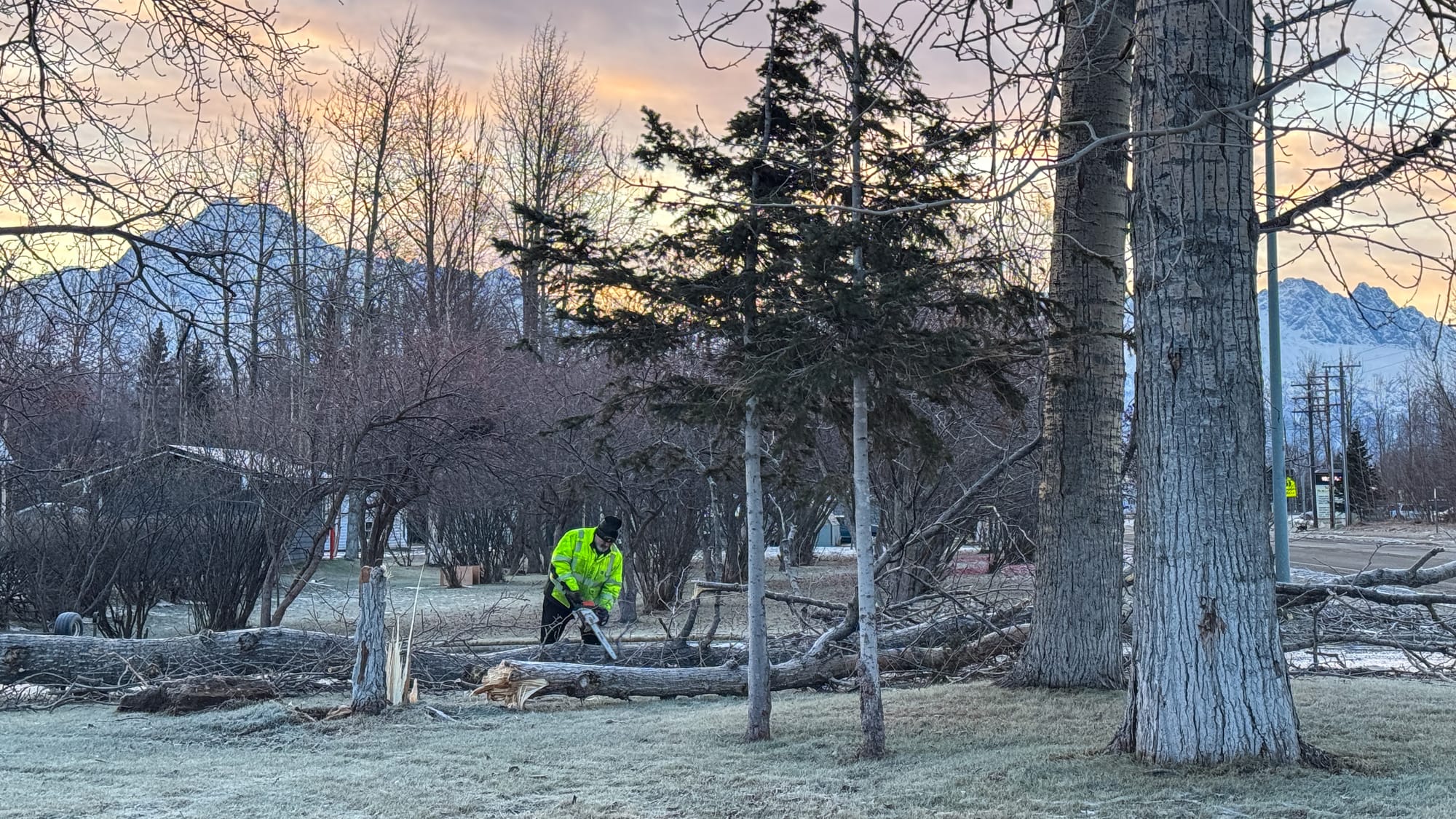
Critical information during natural disasters
As in most years, Mat-Su communities were tested by swift and severe natural forces. In 2025, that included river flooding in Butte and Talkeetna and the recent windstorms still fresh in our minds. The Sentinel is proud to provide critical life and safety information, even as we live through it, too.
Back-to-back storms batter communities and infrastructure.
Much of the borough is still feeling the effects of recent high-wind events, during which gusts caused widespread damage and knocked out power for thousands. A borough and state disaster declaration unlocked recovery funds for the hardest-hit residents. The Sentinel covered the story even as wind toppled trees outside Sentinel HQ and left us without power, too. When disaster strikes, we’re all in this together.
River breaches prompt emergency response and long-term planning in Butte.
The Matanuska River repeatedly breached its banks near Butte, washing over private property and threatening infrastructure. As floodwaters receded, state officials unveiled plans for a major erosion-control project along critical sections of the river corridor near Butte and Sutton, with the goal of protecting highways and private property from future flood damage.
Talkeetna River damage leads to disaster declaration
In midseason flooding, the Susitna River aggressively undermined riverbanks while rising creeks washed out segments of Petersville Road, prompting the Mat-Su Borough to declare a local disaster to unlock emergency funds and resources.
Mat-Su Sentinel is powered by you
Mat-Su Sentinel was founded to fill a community need for free, trustworthy, consistent, clear and accurate local news and civic connection. While the Sentinel does benefit from some national foundation support, the vast majority of our funding comes from readers just like you and the businesses and local foundations and organizations you support. None of this would be possible without you. Want to be a part of what keeps the Sentinel going? Support this work now.

